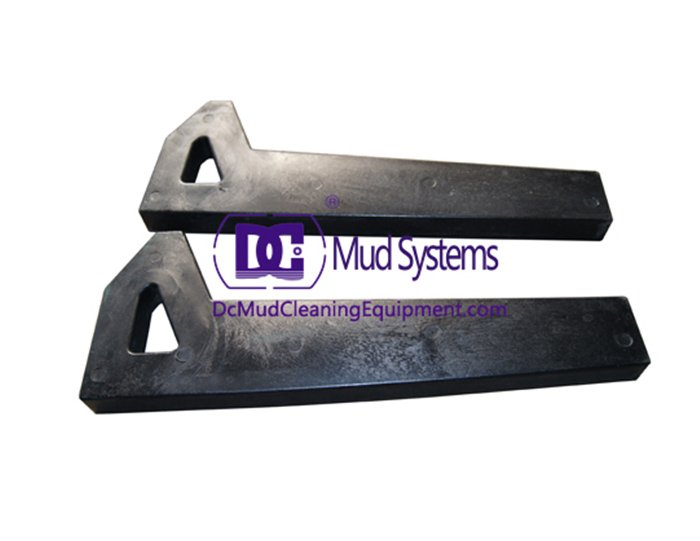Understanding Desanders Essential Facilities for Effective Solid-Liquid Separation
In various industries, maintaining the quality of fluids is crucial for optimal operational efficiency. Contaminants, particularly solids, can lead to significant downtime and equipment damage. One effective solution to this problem is the use of desanders, devices specifically designed for solid-liquid separation. This article delves into the importance of desanders, their operating principles, and the various applications in different industries.
What is a Desander?
A desander is a filtration device that separates solid particles from liquids, primarily used to remove sand and other large particles from water or slurry. These particles, if left untreated, can cause wear and tear on pumps and other crucial equipment, leading to increased maintenance costs and operational downtimes. Desanders are commonly employed in oil and gas, mining, construction, and wastewater treatment sectors.
Working Principles of Desanders
Desanders operate on the principle of sedimentation, where denser solid particles settle at the bottom of a tank or vessel while lighter liquids rise to the top. Most desanders utilize a combination of gravity and centrifugal force to enhance the separation efficiency. The design can vary, but traditional models usually consist of a cylindrical container where the inlet flow enters tangentially. This tangential entry creates a vortex, allowing heavier solids to spiral downwards and collect at the bottom while the clearer liquid flows out.
There are several types of desanders, including
1. Centrifugal Desanders These use centrifugal force to enhance the separation process. They can efficiently remove finer particles from the liquid.
2. Gravity Desanders The simplest design that relies on gravitational settling for sedimentation. While effective for larger particles, they may require additional systems for finer separations.
3. Hydrocyclones Often used for slurries, these devices separate solids from liquids through a combination of centrifugal force and vortex motion.
Key Advantages of Using Desanders
facilities desander
Implementing desanders can provide numerous benefits for industries relying on fluid operations
- Improved Equipment Longevity By efficiently removing harmful solids, desanders help extend the life of pumps, valves, and other equipment, ultimately reducing maintenance and replacement costs.
- Enhanced Operational Efficiency With cleaner fluids, processes can operate more smoothly, resulting in increased productivity and reduced risk of unexpected downtimes.
- Environmental Compliance For industries such as wastewater treatment, desanders play a vital role in complying with environmental regulations by ensuring contaminants are effectively managed.
- Cost-Effectiveness While there is an initial investment associated with installing desanders, the long-term savings from reduced maintenance, downtime, and improved efficiency outweigh these costs.
Applications of Desanders
Desanders have versatile applications across several industries. In the oil and gas sector, desanders are used to reduce the amount of sand and sediment in produced water, leading to improved processing and higher recovery rates. In mining, they are crucial for separating valuable minerals from ore slurries, ensuring the efficiency of further processing operations.
The construction industry also benefits from desanders, particularly in dewatering applications, where they help to remove suspended solids from groundwater and surface water, ensuring that construction sites remain compliant with local regulations.
Lastly, in wastewater treatment, desanders are used to pre-treat incoming wastewater, effectively removing larger particles before the water undergoes further treatment stages like biological filtration or chemical treatment.
Conclusion
As industries continue to grow and evolve, maintaining fluid quality becomes increasingly essential. Desanders serve as a critical component in achieving efficient solid-liquid separation, safeguarding equipment, and ensuring compliance with environmental regulations. By investing in desanding technology, companies can enhance operational efficiency, reduce costs, and contribute to sustainable industrial practices. Understanding and implementing desanders is not just about improving current processes; it’s about preparing for a future where operational excellence is paramount.
 Linear Motion Shale Shaker In Drilling Rig
Linear Motion Shale Shaker In Drilling Rig  Oilfield Mud Cleaner
Oilfield Mud Cleaner  Drilling Fluid Decanter Centrifuge
Drilling Fluid Decanter Centrifuge  Drilling Mud Desander
Drilling Mud Desander  Hydrocyclone Desilter
Hydrocyclone Desilter  Centrifugal Pump/Centrifugal Mud Pump
Centrifugal Pump/Centrifugal Mud Pump  Shear Pump
Shear Pump  Jet Mud Mixer
Jet Mud Mixer  Horizontal Mud Agitator
Horizontal Mud Agitator  Constant Pressure Drilling Fluid Mud Gas Separator
Constant Pressure Drilling Fluid Mud Gas Separator  Mud Gun
Mud Gun  Mud Tank
Mud Tank  Solids Control System Vacuum Degasser
Solids Control System Vacuum Degasser  Flare Ignition Device
Flare Ignition Device  Diesel Tank
Diesel Tank  Submersible Slurry Pump
Submersible Slurry Pump 






































